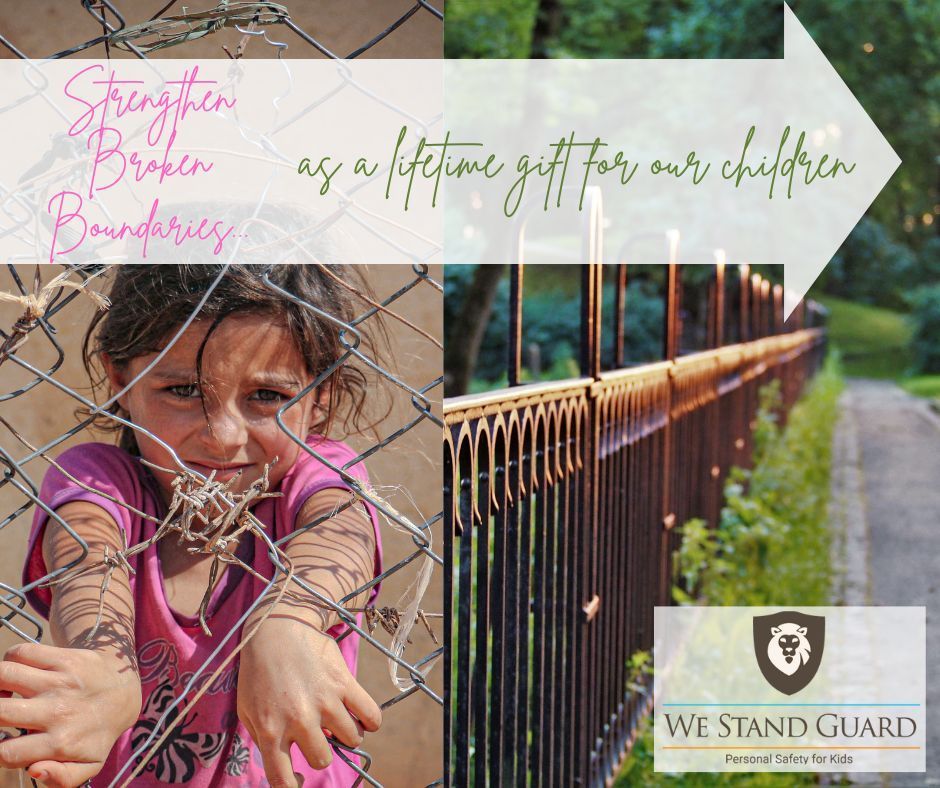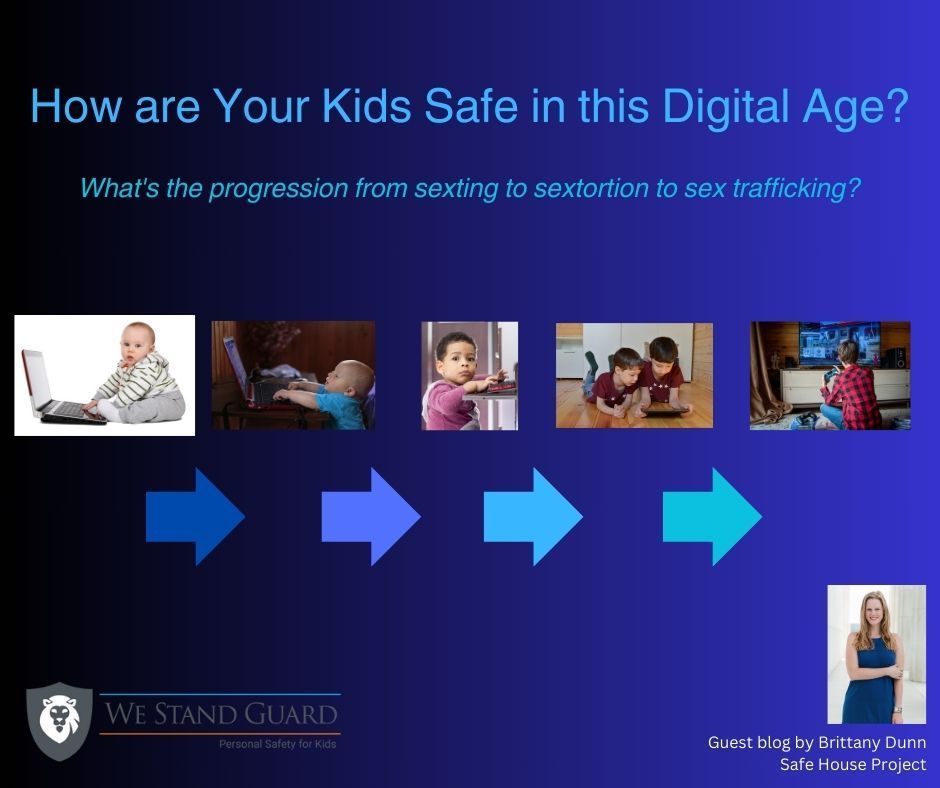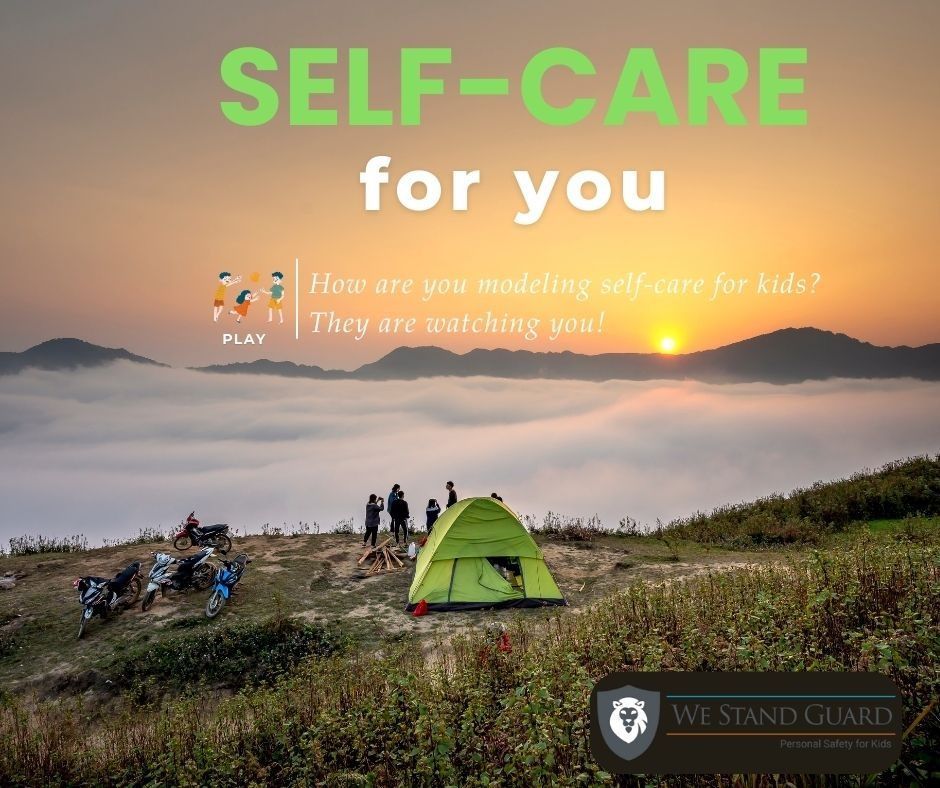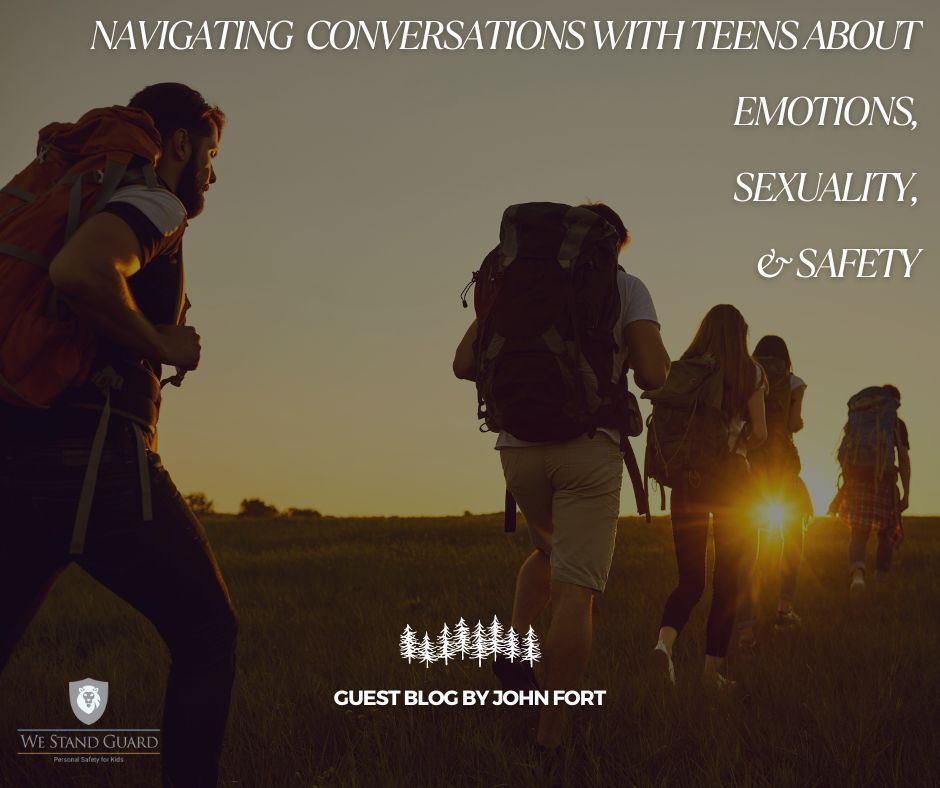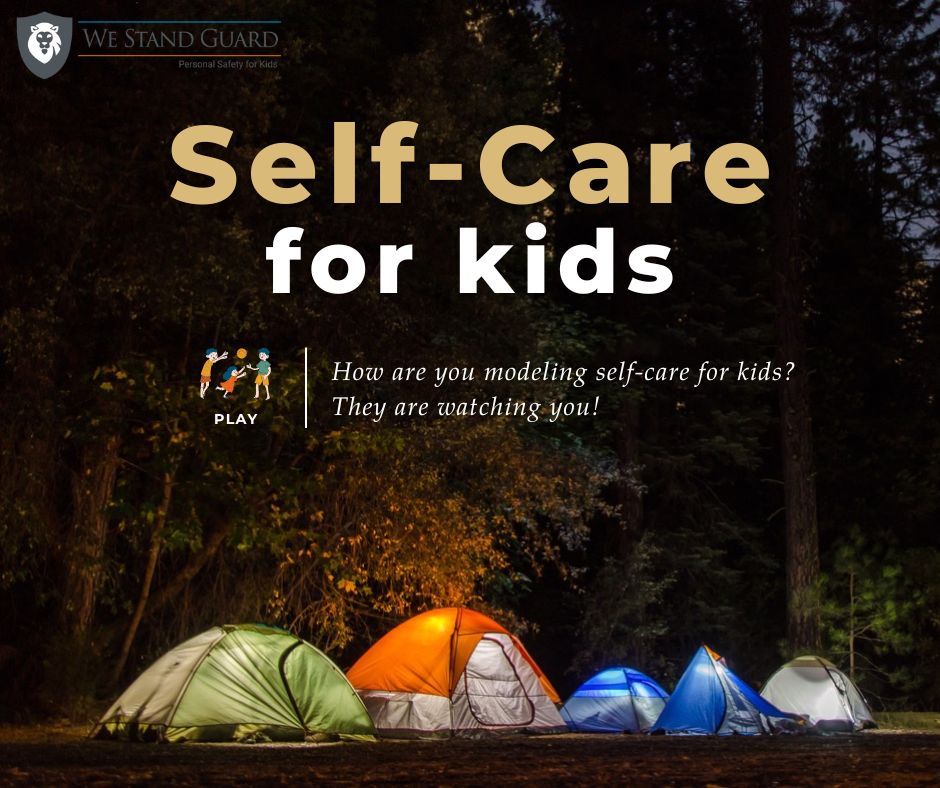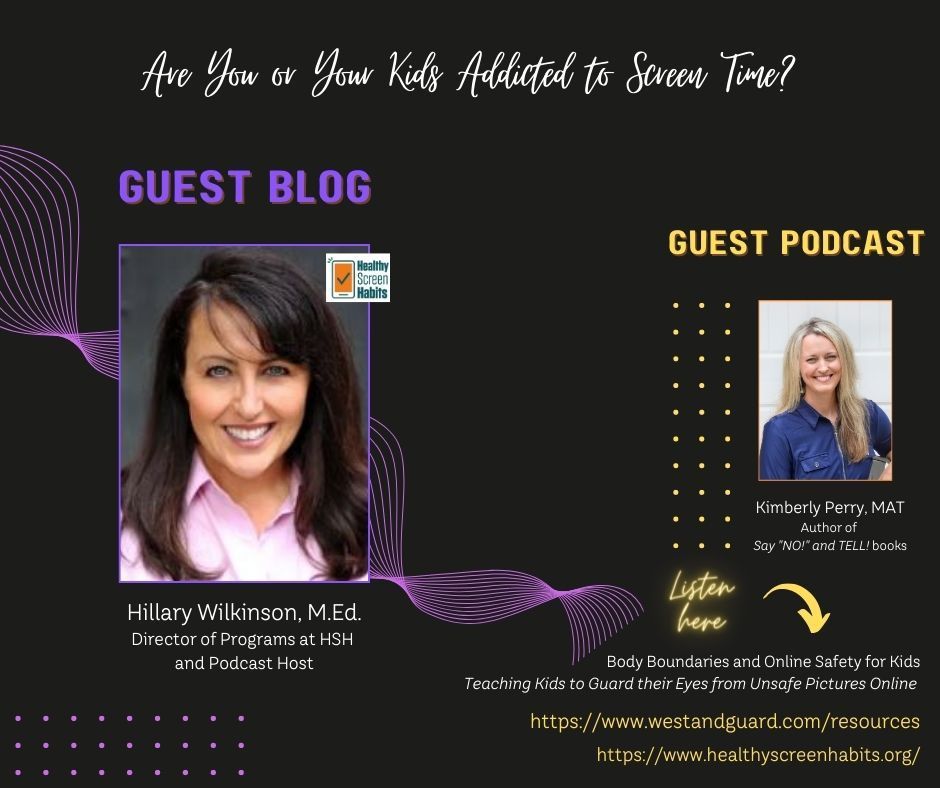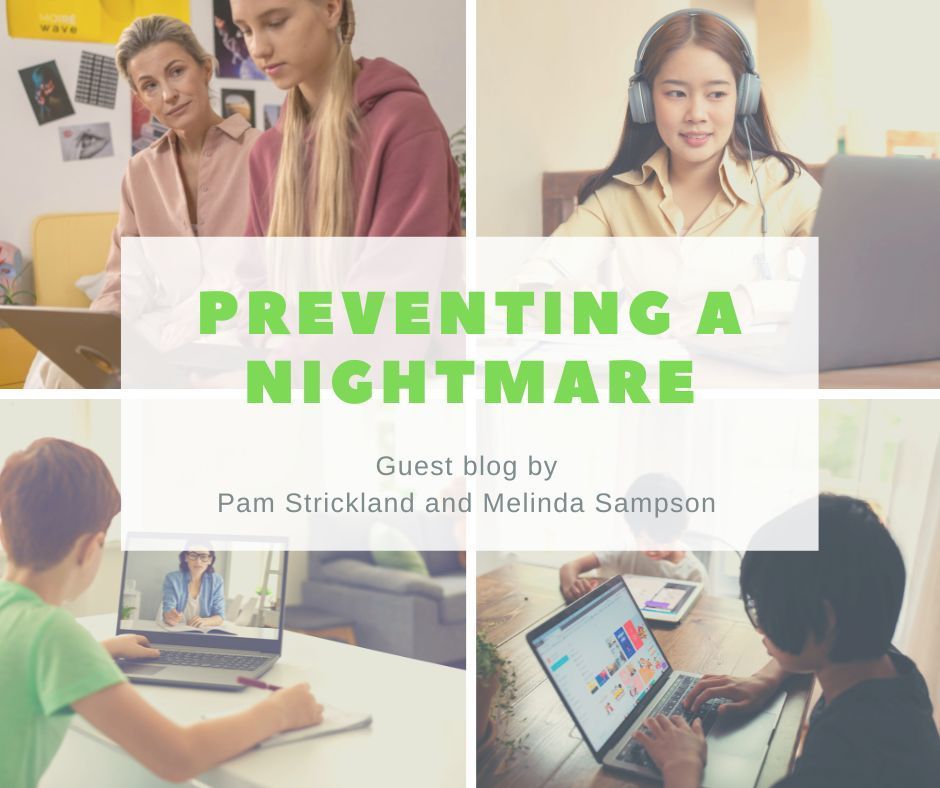15 Apps Parents Need to Know About
It's time to fix app ratings!
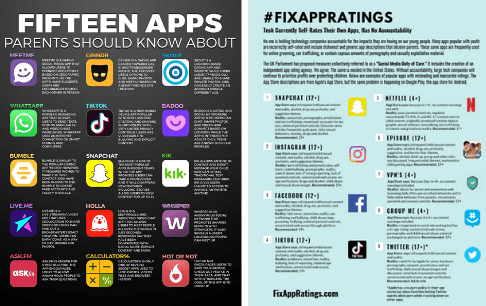
15 Apps plus #FixAppRatings (Click here to get TWO FREE DOWNLOADS seen above!)
With so many kids at home during COVID-19, the vulnerabilities can increase for exposure to pornography, on line predators and harmful content, which can be traumatizing for youth. For example, 40 % of kids in grades 4-8 reported they connected online with a stranger. Of those:
- 53 percent revealed their phone number to a stranger
- 21 percent spoke by phone with a stranger
- 15 percent tried to meet with a stranger
- 11 percent met a stranger in their own home, the stranger’s home, a park, mall or restaurant
- 30 percent texted a stranger from their phone
- 6 percent revealed their home address to a stranger
According to FixAppRatings.com, the problem is that "tech currently self-rates and has no accountability. No one is holding technology companies accountable for the impacts they have on our young people. Many apps popular with youth are incorrectly self-rated and include dishonest and generic app descriptions that deceive parents about the dangers kids face on these platforms. The National Center on Sexual Exploitation, Protect Young Eyes, Utah State Senator Todd Weiler, and child advocate Melissa McKay have started a movement to increase accountability in the current app rating system. We are parents and advocates who have had enough of Big Tech abdicating their duty of care toward children.
Something has to change. Large tech companies are not capable of self-regulating. Without accountability, profits will take priority over protecting our young people."
The FixAppRatings has joined the EARN IT! Act - sign here to take action!
And,the Madill Police Department in Oklahoma is warning parents about several apps that could be on their child's tablet or smartphone with 15 Apps Parents Need to Know About.
Here is more information about the risks of kids at home during COVID-19 regarding technology:
FBI Warning: Due to school closings as a result of COVID-19, children will potentially have an increased online presence and/or be in a position that puts them at an inadvertent risk. Due to this newly developing environment, the FBI is seeking to warn parents, educators, caregivers, and children about the dangers of online sexual exploitation and signs of child abuse.Read article here: " School Closings Due to COVID-19 Present Potential for Increased Risk of Child Exploitation ."
A Report of Undercover Work Catching Predators Exploiting children/teens (warning of explicit and sensitive content) : An article in Medium on line, titled "I’m a 37-Year-Old Mom & I Spent Seven Days Online as an 11-Year-Old Girl. Here’s What I Learned," says one highlight they found is that "the brutal reality is that a predator doesn’t have to be in the same room, building, or even country to abuse a child."
Tik Tok collecting information on children:
TikTok hit with record fine for collecting data on children
.
A Teenage Girl Abused and Exploited On Line: An article by National Center on Sexual Exploitation (NCOSE) sites how a 13 year old girl was abused on Instagram titled " 13 yo girl was abused and exploited on Instagram in her own home. It could have been prevented. "
4th Grader's Zoom Classroom Interrupted with Pornography: A Zoombombing trend is violating kids and learning with on line school in " Fourth grader’s Zoom class conference interrupted by pornographic video, Fla. mom says."
Enough is Enough Internet Safety Tips: Safety & Prevention: Introduction and Parent Controls .
E-Safety Commissioner has published this helpful: App E-Safety Guide !Practical Ways to Protect Kids On line from NCOSE:
Safeguard Alliance Resources (see We Stand Guard LLC as a resource!)
" 5 Things You Can Do to Ensure Your Children are Safe Online During Quarantine "
Parent Controls and Guides
Five Internet Filtering Services
How to Turn on Google's Safesearch Mode and Restrictions
Take Action with the Earn it App
Human Trafficking Research Act of 2020
By working together, we are confident change will happen!
